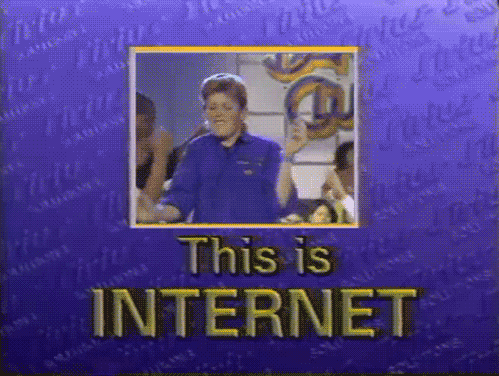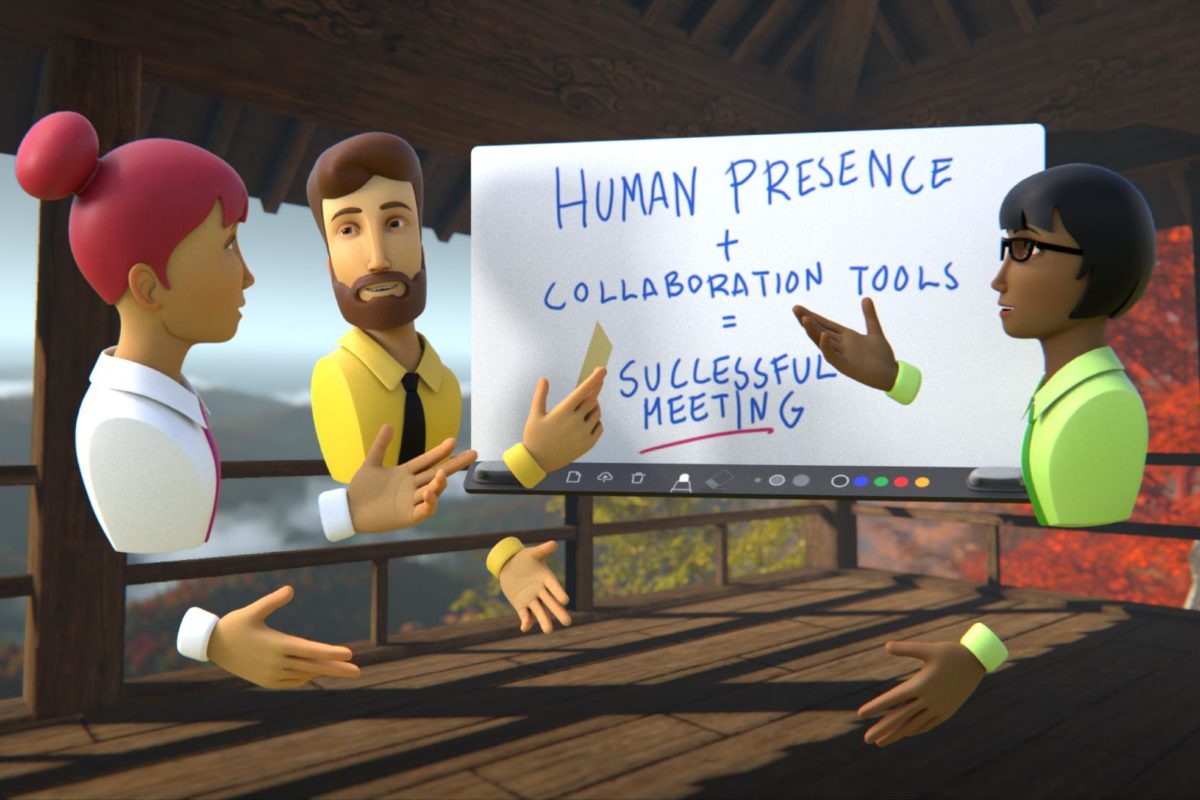Fair warning, this is definitely a political post. Because people who deal with innovation and technology need to be visionaries, keep up a ‘rose hued’ vision for the future and truly believe that technological change can improve the world we live in. Just this is enough (and has been enough) to create a political manifesto. And yet the real revolution today is managing to stay optimistic, and continuing to believe that technology can democratize knowledge and access to wealth while decentralizing power.
Where will innovation lead us— to authoritarianism or democracy? To the limits of space and time, or to new cultural walls going up? For people like me who come from the generation born in the early 80s, these are delicate and slightly painful prospects. How have we gotten, in less than 25 years, from the militant optimism of the New Economy to the threat of Cambridge Analytica? Let’s try to dig deeper, and understand why we should keep believing, and how technology will concretely make our futures brighter, even now…regardless of everything!
Techno-optimism of the first decade

Sure there was no shortage of doubts… about the loss of privacy or information fraud for example. But essentially the first decade of the .net economy was awash in optimism. It was riding the coattails of the post-yuppie generation in the global economy. The social democratic ruling class and optimistic intellectuals emphasised the push for democracy—that is, the possibility to break down the barriers to accessing knowledge, information and connection between poor, remote areas and the rest of the world.
The dream of a global village was at hand, and the inexorable move toward equity among populations, social classes and genders seemed well on its way. Two quotes really highlight the enthusiasm of those years.
The internet will be to women in the ‘90s what the vibrator was to women in the ‘70s. it’s going to have that power. — Lisa Palac, 1994
The internet could be a very positive step towards education, organisation and participation in a meaningful society —Noam Chomsky, 2002
The internet was perfect for glorifying the idea of a new future: intellectuals, nerds, economists and neo-global politicians loved it… and the critical and allarmist voices were erroneously brushed off as passé.
The techno-gloomy era and cyber rage
From the time of the September 11th attacks, things changed. The world suddenly understood that decentralized networks could also strengthen and disseminate evil.
First with Al Qaeda and then ISIS, the philosophy of the net mutated and was organizing cells and violence, and attacking the very idea of democracy, which was what the internet was supposed to reinforce.
Then Snowden, Wikileaks, hackers and the economic crisis brought out a new enemy of innovation: anger. That anger was essentially an expression of fear about the future… and the doorways to such important elements of the internet became inaccessible. It was closed to innovation and social networks became the preferred tool for the technopopulists, conspiracy theorists and old-school thinkers… the oasis for those who paradoxically want to go back to the pre-technological past.
To the point that Evan Williams stated last year:
“The internet is broken. I thought once everybody could speak freely and exchange information and ideas, the world is automatically going to be a better place. I was wrong about that.”
5 technologies to keep our hopes up for the future
So what can we do? Succumb to pessimism? Stop innovating? Definitely not! But we also shouldn’t fool ourselves into thinking that technology alone can ensure a golden future. We need to be rational, guide our processes and innovate with a conscience. It’s clear that the world today is better than 100 years ago, but the speed of networks go beyond these kinds of arguments. As people who are used to the speed and compression of information, they’re no longer enough to keep us up to speed.
Here are 5 areas to invest in, where technology can improve our prospects for the future and restore our faith in innovation:
- Biotechnology: networks and sensors can enter the body and be monitored from a distance. It’s leading us to a future where we’ll have a cure for Alzheimer’s, Parkinson’s, paralysis and genetic disorders.
- Envirotech: besides solar and nuclear, there are new ways to optimize energy consumption and food production. It’s possible to imagine a near future in which humans can rebalance their needs in compatibility with the planet’s resources.
- Virtual and Augmented Reality: we’re just at the beginning with this technology, which could reduce risk and margins of error in surgery and other work with high human risk. It could also bring value to remote areas, enhance knowledge and teaching and even break down barriers due to disability.
- Blockchain: this technology could give us back a sense of privacy. It’s a decentralized and non-hierarchical way to distribute information, making it more secure and suited for new digital contexts.
- Artificial and augmented intelligence: if machines will get increasingly smart, humans will have more stimulating interactions with their devices. Better stimuli can favor evolution and improvement for humanity.
It’s an open and incomplete list. But believe in technology, and in guiding it and optimizing the process of innovation. The future is coming no matter what, so we may as well strive to make the present better.
Leo Mauriello
I'm characterized by a great curiosity, that drives me to achieve important goals and new challenges. I'm a web and digital marketer mainly focused on digital strategy and social advertising with design, programming and digital analyst skills.



